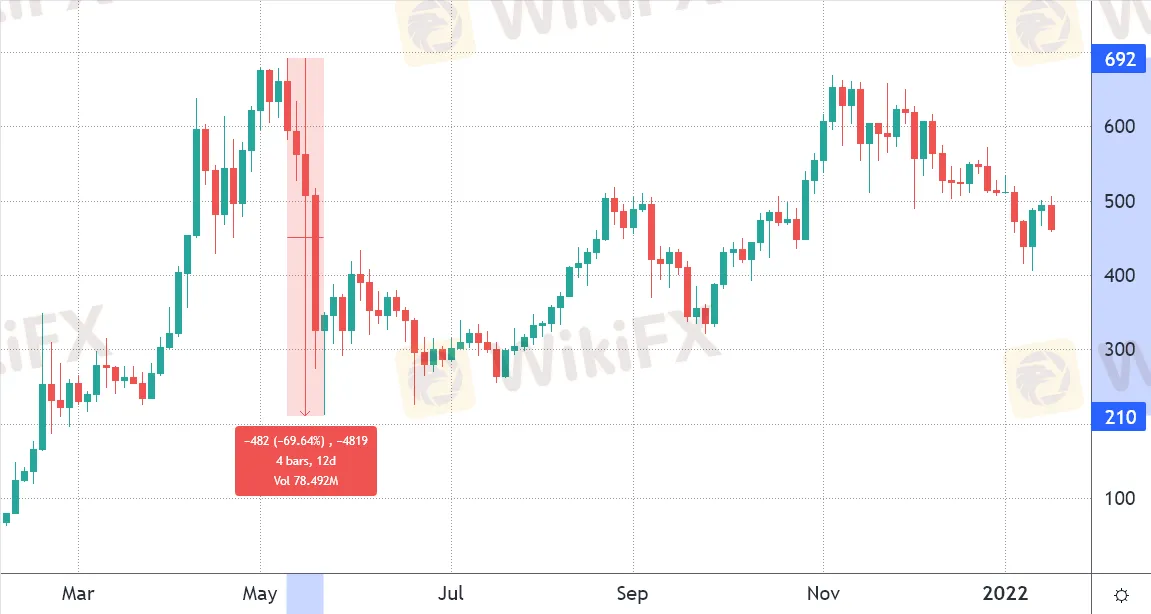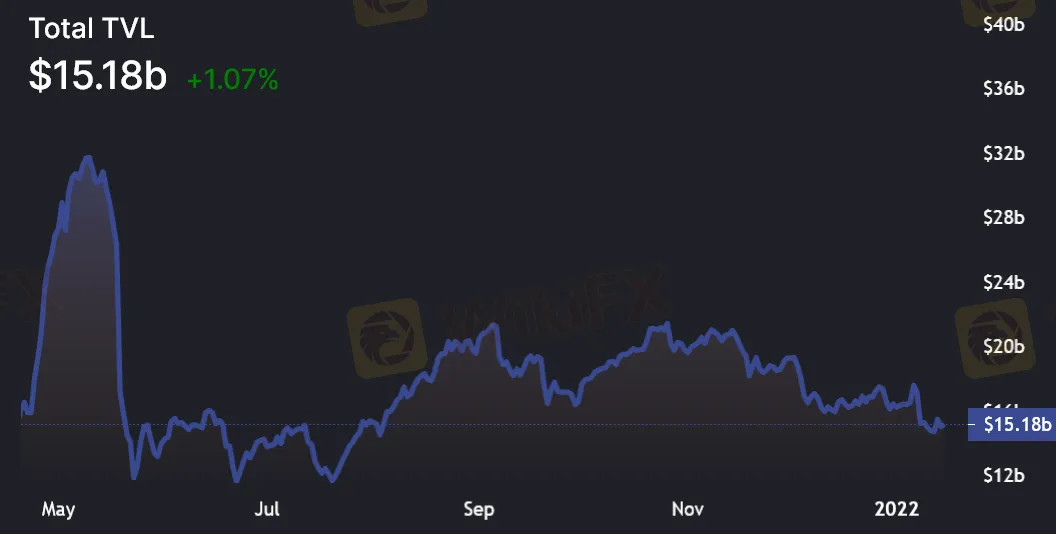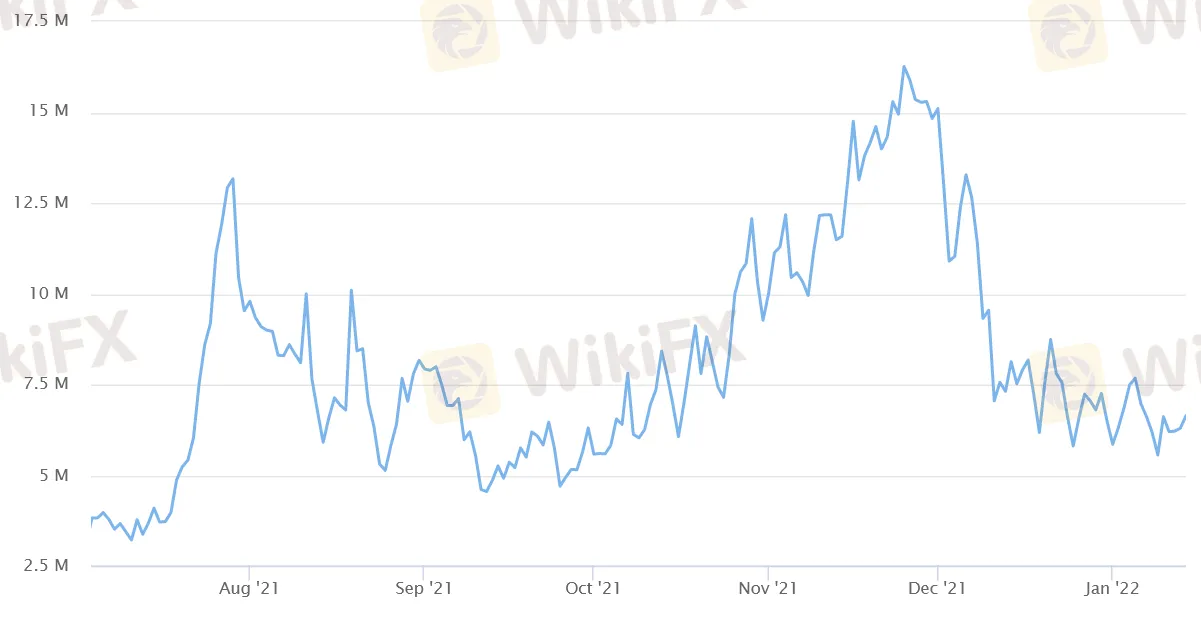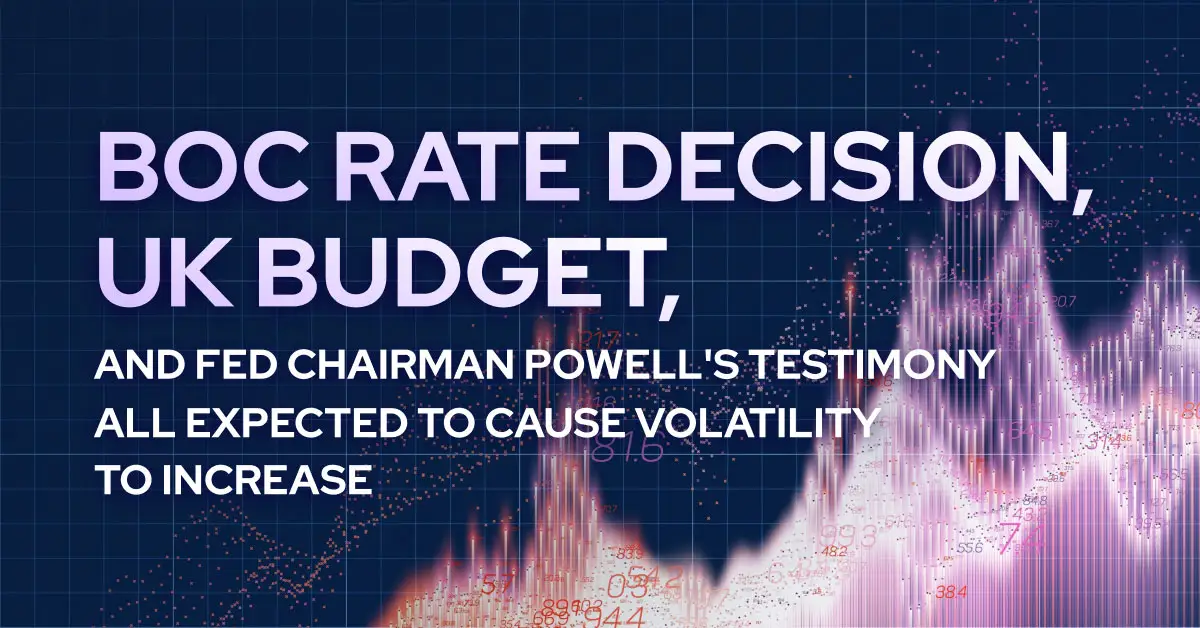简体中文
繁體中文
English
Pусский
日本語
ภาษาไทย
Tiếng Việt
Bahasa Indonesia
Español
हिन्दी
Filippiiniläinen
Français
Deutsch
Português
Türkçe
한국어
العربية
Heres why Binance Coin is 33% down from its all-time high
Abstract:Competitor blockchains, a slowdown in daily transactions and flat-lined TVL are a few challenges facing BNB, but data suggests Binance Coin is still a contender.

Binance Coin (BNB) holders enjoyed a 1,760% rally from $37 to $692 between January and May 2021, but as is customary in crypto, this surge was followed by a 69% correction two weeks later.
From there, its been a bit of a rough patch to regain investors' confidence and BNB failed to produce another all-time high in November even though the aggregate cryptocurrency market capitalization peaked at $3 trillion.
Binance Coin / USDT at Binance. Source: TradingView
In addition to being 33% down from its all-time high, BNB investors have other reasons to question whether the current $465 price is sustainable. Especially since traders were recently paying up to 3% per week to keep futures' short positions open, betting on the downside.
Traders flipped bearish on January 10
Unlike regular monthly contracts, perpetual futures prices are very similar to those at regular spot exchanges. This makes the process for retail traders a lot easier because they no longer need to calculate the futures premium or manually roll over positions near expiry.
The funding rate allows this magic to occur, and it is charged from longs (buyers) when they demand more leverage. However, when the situation is reversed and shorts (sellers) are over-leveraged, the funding rate goes negative and they become the ones paying the fee.
BNB 8-hour USDT/USD margin futures funding rate. Source: Coinglass.com
Notice how the funding rate on BNB futures was mostly flat between Dec. 15 and Jan. 10, but then quickly shifted to negative 0.13%. This rate is equivalent to 2.8% per week, a relatively high cost for shorts (sellers) to keep their positions. The movement happened while BNB tested the $410 support, its lowest price in 90 days.
Excessive premium versus competing blockchains
The reason behind the Binance short could be the excessive premium versus competing smart-contract chains. For example, BNB‘s $78.2 billion market capitalization is 80% higher than Solana’s (SOL) $43.3 billion. Moreover, the premium versus Terra‘s (LUNA) $28.2 billion is 178%, and 275% compared to Avalanche’s (AVAX) $20.8 billion. Other factors are in play could also be Binance Smart Chain's total value locked (TVL) stagnated at $15 billion.

For comparison, Terra's TVL increased from $9 billion to $19 billion in three months, while Avalanche grew from $6.5 billion to $11.6 billion in the same period. The competition has vastly surpassed Binance Chain's applications, except for the number of active users on PancakeSwap decentralized exchange.
To correctly assess whether Binance Smart Chain use has topped, one must analyze the network's activity. Some decentralized applications (dApps) like games, social, and NFT marketplaces require little total value locked (TVL) deposited on smart contracts.


Disclaimer:
The views in this article only represent the author's personal views, and do not constitute investment advice on this platform. This platform does not guarantee the accuracy, completeness and timeliness of the information in the article, and will not be liable for any loss caused by the use of or reliance on the information in the article.
Read more

The History of Ponzi Schemes
This article outlines the history of Ponzi schemes, highlighting the infamous Charles Ponzi, Bernie Madoff, and beyond.

5 Key Steps to Master Forex MT4 Technical Analysis
The forex market presents both opportunities and challenges, with technical analysis being crucial for successful trading. This article outlines the five essential steps for mastering Forex MT4 technical analysis: identifying trends, utilizing technical indicators, determining entry and stop-loss points, analyzing price charts, and performing real-time monitoring and adjustments. By following these steps, traders can enhance their understanding and application of technical analysis, ultimately improving their trading accuracy and success rate.

FOREX TODAY: BOC RATE DECISION, UK BUDGET
Wednesday's major data releases and macroeconomic events are expected to cause volatility to increase after another day of erratic trading in the financial markets. The Spring Budget for the UK will be released, and January Retail Sales figures for January will be made available by Eurostat. ADP Employment Change for February and January JOLTS Job Openings will be discussed later in the session on the US economic docket.

FOREX TODAY: AHEAD OF SIGNIFICANT RISK OCCURRENCES, PMI DATA COULD ALERT MARKETS.
Major currency pairings are still trading in familiar ranges early on Tuesday after the erratic trading on Monday. The US economic docket for the American session will include the factory orders data for January and the ISM Services PMI survey for February. Final updates to the February PMI for the US, Germany, the UK, and the EU will also be released by S&P.
WikiFX Broker
Latest News
BSP Shuts Down Uno Forex Over Serious AML Violations
ACY Securities Expands Global Footprint with South Africa Acquisition
Why Even the Highly Educated Fall Victim to Investment Scams?
Warning Against Globalmarketsbull & Cryptclubmarket
Rupee gains against Euro
Tokyo Police Arrest 4 for Unregistered FX Trading Scheme
Axi Bids AUD 52M to Acquire Low-Cost Broker SelfWealth, Outbidding Competitor Bell Financial
Crypto Influencer's Body Found Months After Kidnapping
US Regulators Tighten Oversight on Bank Anti-Money Laundering Efforts
Doo Group Expands Its Operations with CySEC License
Currency Calculator


